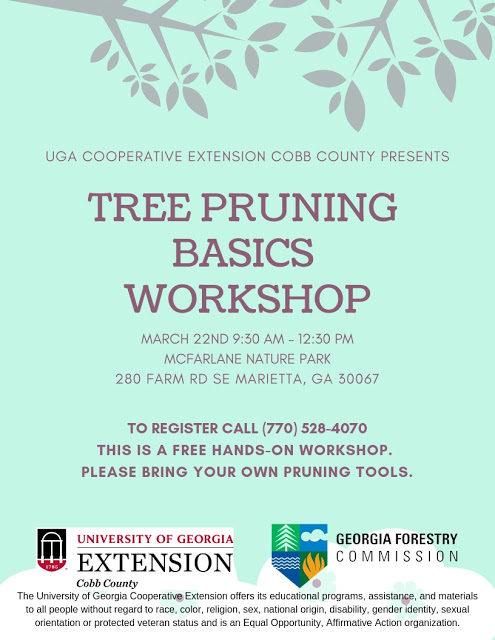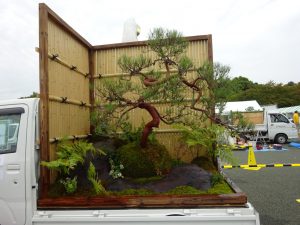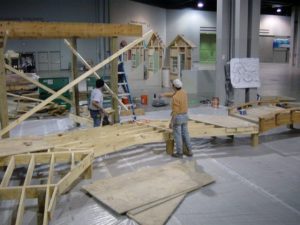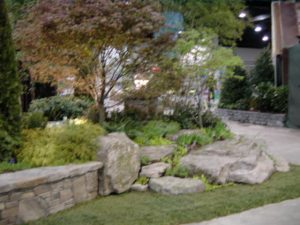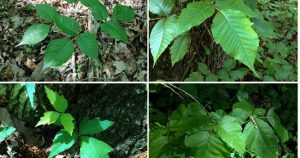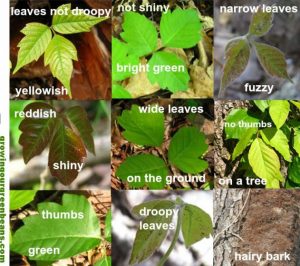Pruning, Yes You Can!
I often get asked about proper pruning techniques. How? When? Why? What about Hydrangeas!?! Many people seem to be tentative about tackling this task. Driving around the metro area I see many badly pruned plants so I can understand why people would have doubts about their abilities. There are professionals who can help but there are also many companies out there taking short cuts with sheering tools that I would ban from touching my plants!
Once you feel confident in pruning technique it can be very meditative and rewarding, I promise. I learned to prune when I worked in the Founder’s Memorial Garden on the University of Georgia campus. Day after day I had practice and my patient supervisor would check my work explaining ways I could improve. It does take a while to get confident and if you are interested in learning you have several ways you can proceed.
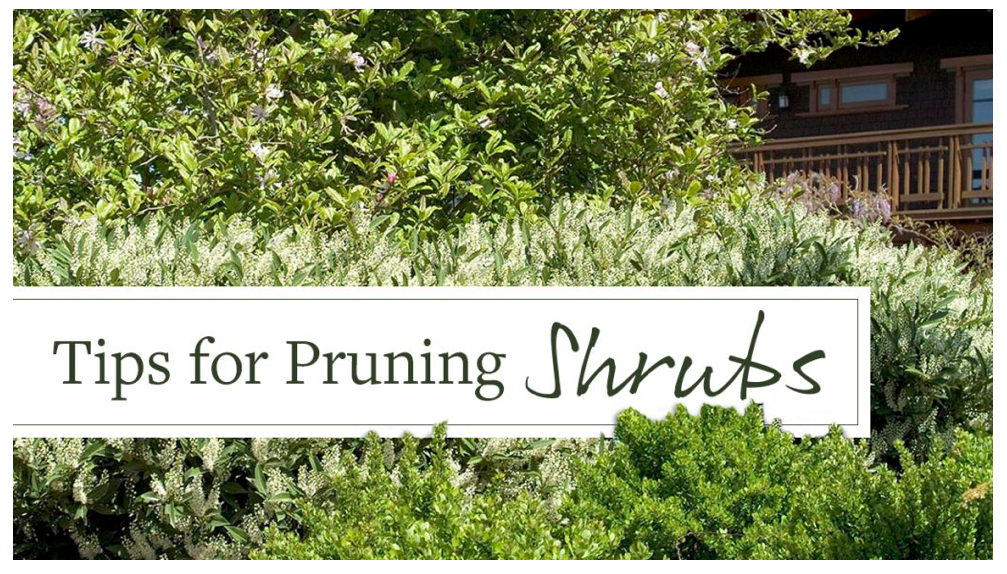
keeps an updated garden related
on his blog and
(or the Extension in your county closer to you) is a good source of teaching events.
Many people are confused on when to prune, especially Hydrangeas. This confusion is caused by some plants that bloom on “new wood” and some that bloom on “old wood”. New wood is the growth of the plant since the winter dormant period. If the plant blooms on new wood and you prune in winter, it will still flower because the buds will be set on the new growth. Conversely, if the plant blooms on old wood, you need to prune after it blooms for the season or you risk cutting buds set on last season’s growth. If the plant doesn’t bloom (or isn’t grown for its blooms) it is less crucial when you prune because you won’t potentially be cutting off much coveted flower buds! So if you can’t remember when it is okay to prune you can look up if it blooms on old or new wood!
Learning to prune can seem daunting but like any other skill, once you understand the method and get some practice under your belt it can be a very rewarding skill to have!
